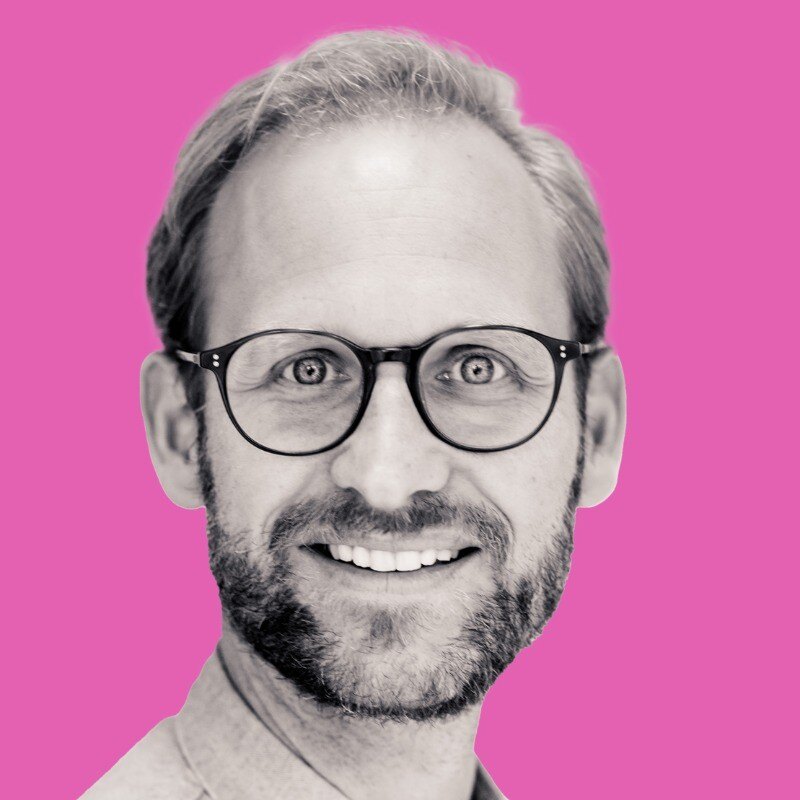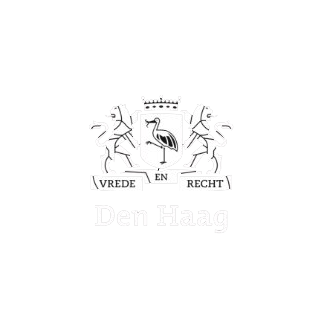The way we plan work hasn’t caught up with the way work actually happens.
Business models evolve overnight. Skills expire faster than job titles. And yet, workforce planning in many organisations still happens on spreadsheets, once a year, in isolation from reality.
Sound familiar?
You’re expected to anticipate what the business will need six months from now—while still solving for today. Headcount decisions are disconnected from strategy. Budget discussions happen without a clear view of skills. And HR is stuck reacting, instead of leading.
You’ve got workforce data. You’ve got business pressure.
But what’s missing is a system that turns information into foresight—and planning into action.
That’s where the right tools make the difference.
Not more dashboards. A smarter architecture.



